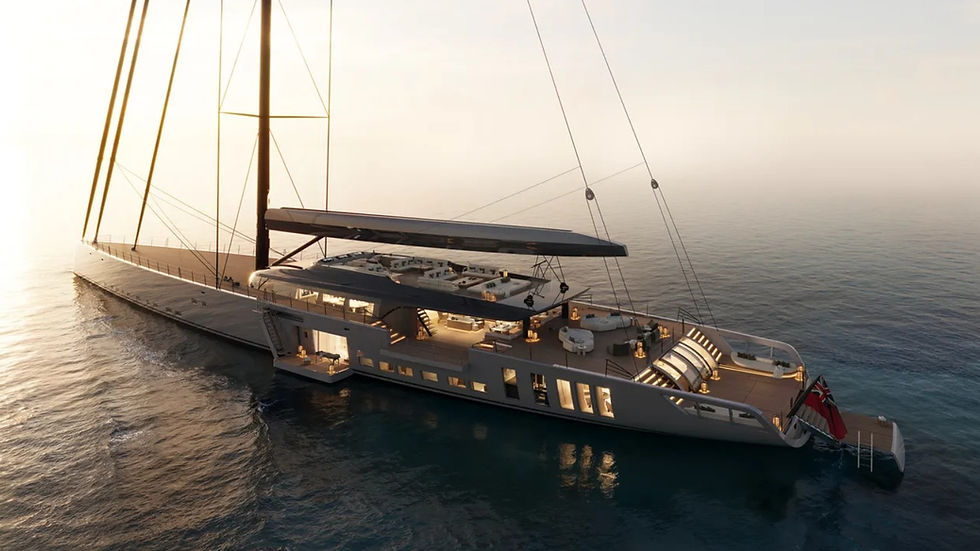The Real Origins of Boating's Most Common Terms (Part 4)
- Bill Jennings

- Feb 21, 2023
- 3 min read
Updated: Jul 28, 2023

Many expressions we commonly use today originate from early nautical activities. With a little research I found some interesting nautical origins for sayings we currently use. How many of these expression origins do you know?
1) Three Sheets to the Wind: We apply this term today to describe someone who is inebriated. On sailing vessels, the lines used to raise and trim sails have always been called "sheets." In order to trim sails properly for different wind directions, it is necessary to have three sheets, or lines, properly attached to the foresail and mainsail. If these sheets became loose, or run free in the wind, the ship would neither sail a straight course nor steer properly. It would wobble. Today, "three sheets to the wind" describes a very drunk person. 'One sheet' and 'two sheets' were used to describe lower levels of intoxication.
2) This Puts a New Slant on Things: The direction of a sailship, relative to the wind, is called the 'slant.' If the wind changes, it is necessary to take a new heading, or 'put on a new slant.' The same can now be said in a conversation or after uncovering new information to describe the new heading you will be taking.
3) Straight as the Crow Flies: Crows do not like to fly over water. Early sailors put this fact to good use on voyages that travelled out of sight of land by taking along some crows in a cage. If the navigator wanted to verify the direction that was the shortest distance to shore he would release a crow and it would head straight to the nearest point of land. Sort of an early GPS, if you will.
4) First Rate: In Britain, sailing warships were classified by the number of canons they carried. A ship with less than 32 canons was classified as 'Sixth Rate' and the ratings went up from there. The best classification was given to ships with over 100 canons. They were given the classification of 'First Rate.' The term carried over to identify people or things that are regarded as best. For example, "I had a first rate crew on my last ship."
5) Haven't a Clue: A clew is where a line or sheet is attached to the lower or back corner of a sail. If this connection comes undone or tears apart, the sailboat would have no clew and would not work properly until the sail was reattached or clewed up. To do this, the sailors would have to figure out which clew was the problem and reattach it. More recently the word "clue" describes what can solve mysteries, and the word 'clew' in the old expression came to be spelled 'clue.'
6) At Loose Ends: The ends of ropes used on sailing ships would gradually unravel with use. To work properly, they would need to be tied together and tightly bound. During periods on the ship when there were no specific duties for the sailors, the captain would often order his crew to check all lines for loose ends and repair them as necessary. Today, we might say we are 'at loose ends,' if we have nothing to do and are spending our time reading stuff like this!
You might also like:


















Comments